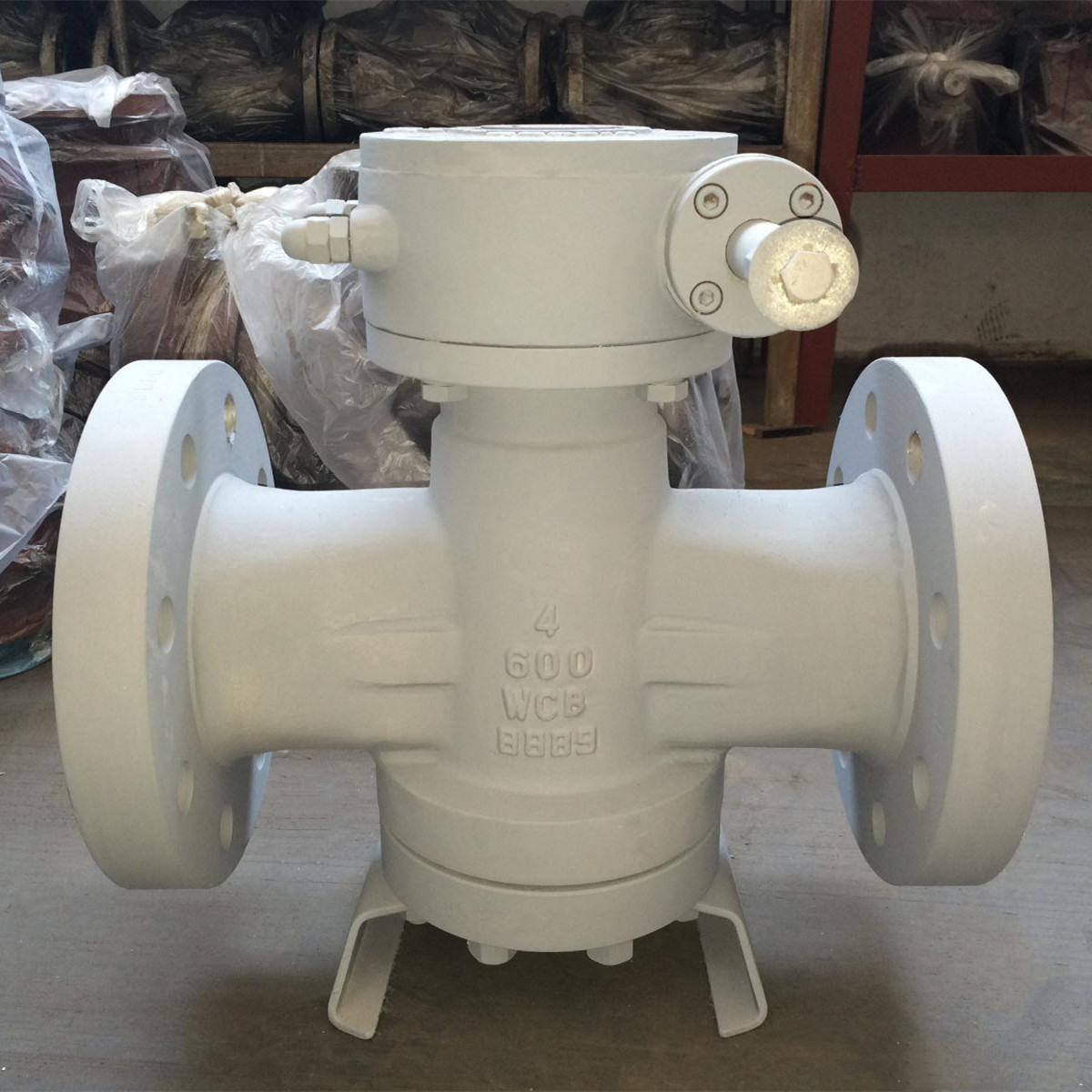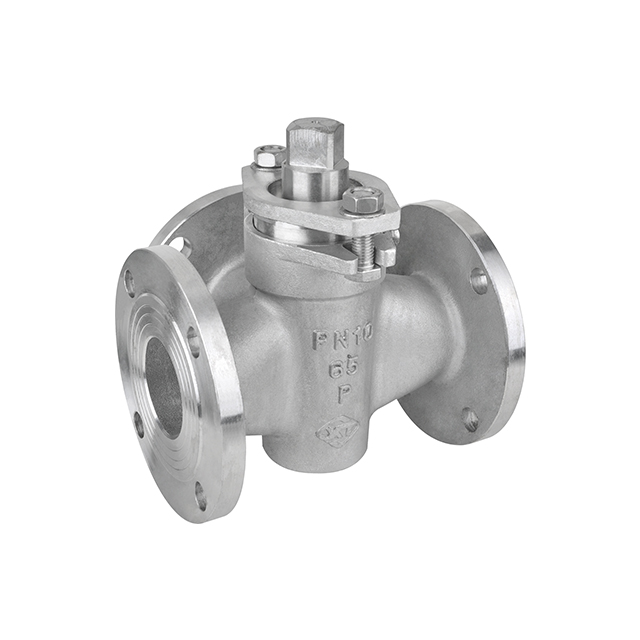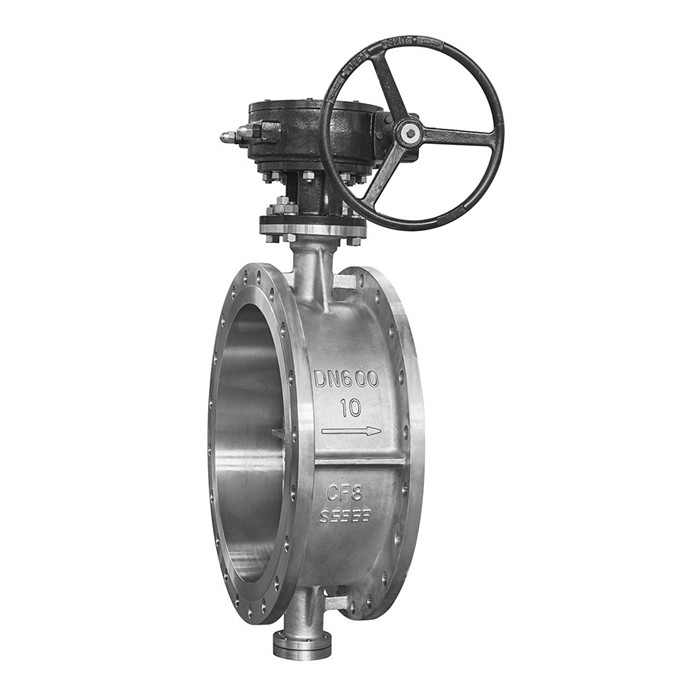When installing or replacing a business valve, it’s essential to understand the fundamental differences between plug and ball valves.
Both types of valves require regular maintenance to ensure optimal performance, but plug valves require less upkeep due to fewer moving parts and simpler construction.
Table of Contents
ToggleTighter Sealing
Plug valves feature larger sealing surfaces than ball valves, offering tighter seals. However, their larger surface area also makes them more vulnerable to wear and tear.
A ball valve, on the other hand, has features designed to prevent it from constantly contacting its disc. This reduces torque and wear on the valve itself and gives it a longer lifespan.
There are various types of ball valves, such as reduced bore valves. These valves have smaller diameters than other ball types and are perfect for gas flow applications.
Plug valves have a multitude of uses in piping systems, from fluid services to industrial processes. Due to their straightforward operating mechanism and anti-corrosion properties, plug valves make reliable shutoff choices in demanding situations.
Easy to Operate
Plug valves are more user-friendly than ball valves, requiring less torque to open and shut. As such, they can be employed in applications requiring minimal force.
Furthermore, they offer greater versatility in application and can handle more fluids. Common applications include gas, liquid fuel, and throttling tasks.
They are more efficient in directional flow control, even in moderate vacuum systems. Ball valves offer higher pressure ratings and are a better solution for high-pressure applications due to their smaller port size, though this could cause a pressure drop due to reduced port size. Furthermore, ball valves tend to be costlier than their ball valve counterparts due to their reduced port size.
Less Expensive
Plug valves are more cost-effective than ball valves and have a larger surface area in contact with the flow medium, meaning they experience more wear and tear and may rust over time.
Plug valves come in both lubricated and non-lubricated varieties. Lubrication reduces friction between the plug and valve body, serves as a seal, and protects against corrosion.
Plug valves come in a range of designs, such as full port and reduced port. They can be utilized with air, process, or gas lines.
Wider Range of Applications
Plug valves offer a diverse range of applications, making them ideal for many processes. They can be employed to direct flow, handle fluids with suspended solids, and regulate gas or liquid fuels.
Valves are incredibly user-friendly due to their straightforward mechanism. You can operate them with manual, electric, pneumatic, or hydraulic actuators.
These items can also be lubricated, making them easier to move and less likely to get damaged. Furthermore, the lubricant reduces friction and corrosion.
Lubricated plug valves are perfect for larger applications and high-temperature services, as they’re more durable but may need relubrication in the long run.
Xintai Valve offers an expansive selection of valves. Their product lineup includes control valves, cryogenic valves, gate valves, globe valves, ball valves, check valves, butterfly valves, and more – plus air/oxygen valves, power station valves, and hydraulic ones as well.












